
Vervet Monkey
The vervet monkey (Chlorocebus pygerythrus), or simply vervet, is an Old World monkey of the family Cercopithecidae native to Africa. The term "vervet" is also used to refer to all the members of the genus Chlorocebus. The five distinct subspecies can be found mostly throughout Southern Africa, as well as some of the eastern countries. Vervets were introduced to Florida, St. Kitts and Nevis, Barbados, and Cape Verde. These mostly herbivorous monkeys have black faces and grey body hair color, ranging in body length from about 40 cm (16 in) for females, to about 50 cm (20 in) for males.
In addition to behavioral research on natural populations, vervet monkeys serve as a nonhuman primate model for understanding genetic and social behaviors of humans. They have been noted for having human-like characteristics, such as hypertension, anxiety, and social and dependent alcohol use.[3] Vervets live in social groups ranging from 10 to 70 individuals, with males moving to other groups at the time of sexual maturity. Studies done on vervet monkeys involve their communication and alarm calls, specifically in regard to kin and group recognition, and particular predator sightings.
The vervet monkey was previously classified as Cercopithecus aethiops, now renamed 'grivet', and reclassified as Chlorocebus. The vervet and malbrouck have also been considered conspecific, or as subspecies of a widespread Ch. aethiops. The different taxa are distinguished by coat colour and other morphological characteristics. The characteristics of Ch. aethiops graduate into Ch. pygerythrus where their ranges meet, and thus deciding if the vervets commonly known to occur in Kenya are actually Ch. aethiops is difficult; animals in the same pack may be classified as one species or the other, and Ch. pygerythrus may also interbreed with Ch. tantalus where their ranges meet.
Colin Groves recognised the below five subspecies of vervet monkey in the third edition of Mammals of the World:
Chlorocebus pygerythrus excubitor
Ch. p. hilgerti from southern Kenya (See below galleries)
Ch. p. nesiotes
Ch. p. pygerythrus from South Africa, Botswana,[6] Lesotho, and Eswatini. (See below Galleries)
Ch. p. rufoviridis from Mozambique[6] and Uganda has a distinctly reddish-coloured back, which is darker towards the base of the tail.[8]
Groves used Ch. p. hilgerti for all East African vervets except the insular subspecies Ch. p. excubitor and Ch. p. nesiotes. The name Ch. p. centralis has been suggested to have precedence, and that Ch. p. hilgerti should be restricted to the population of southern Ethiopia.
Hilgert’s Vervet Monkeys (Chlorocebus pygerythrus hilgerti) Various locations in Uganda
























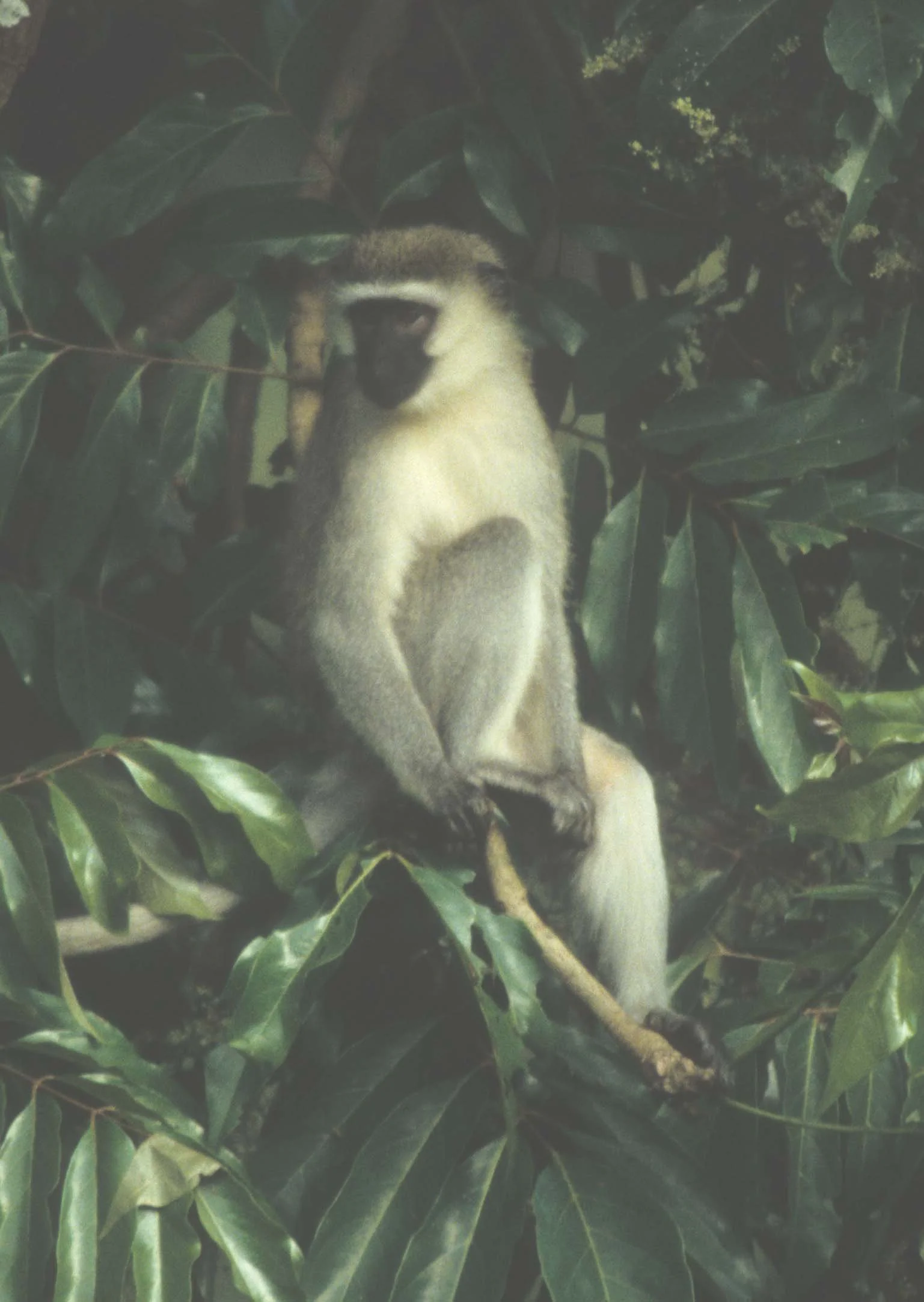






Black-chinned Vervet Monkeys (Chlorocebus pygerythrus pygerthrus) Augrabies Falls South Africa
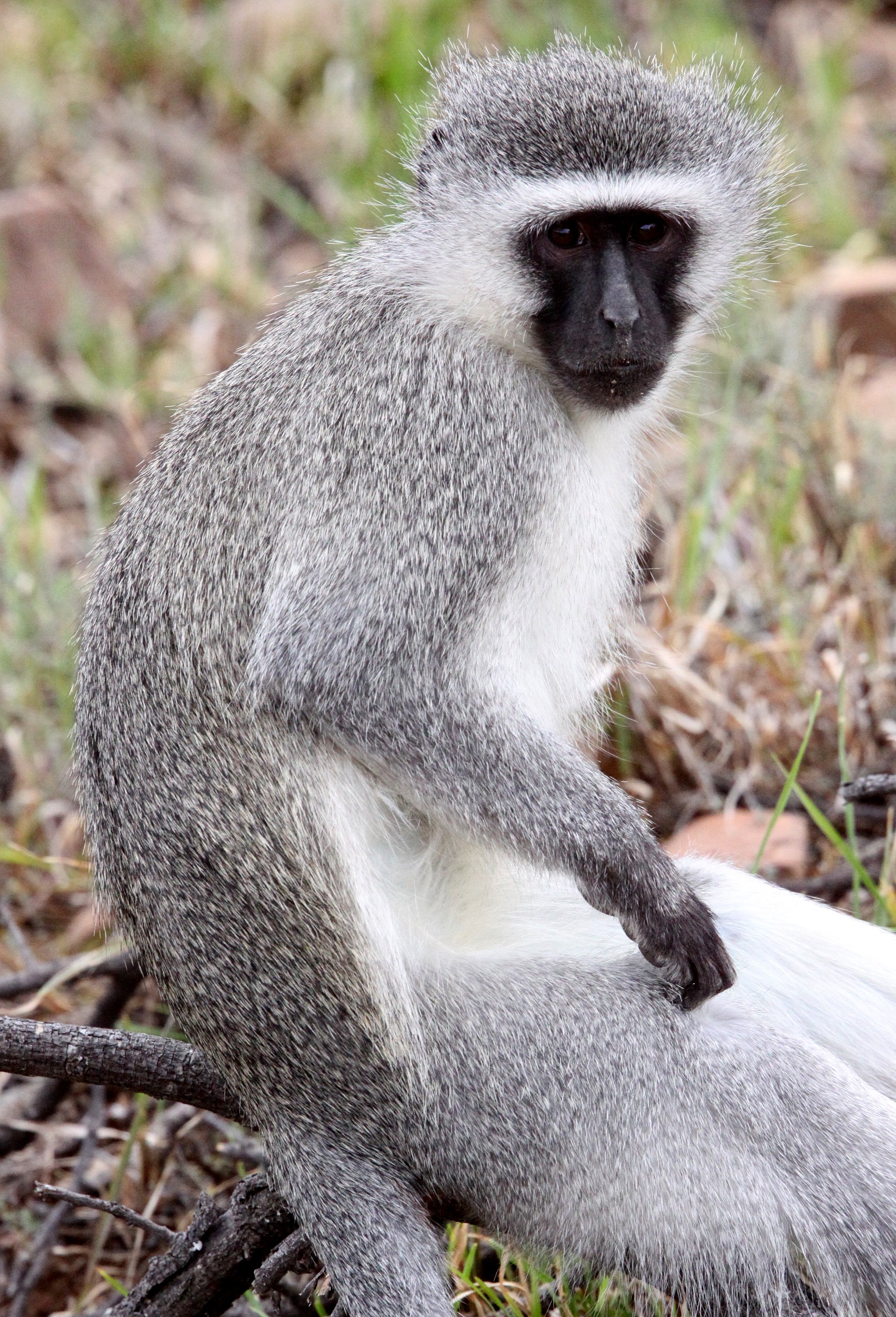


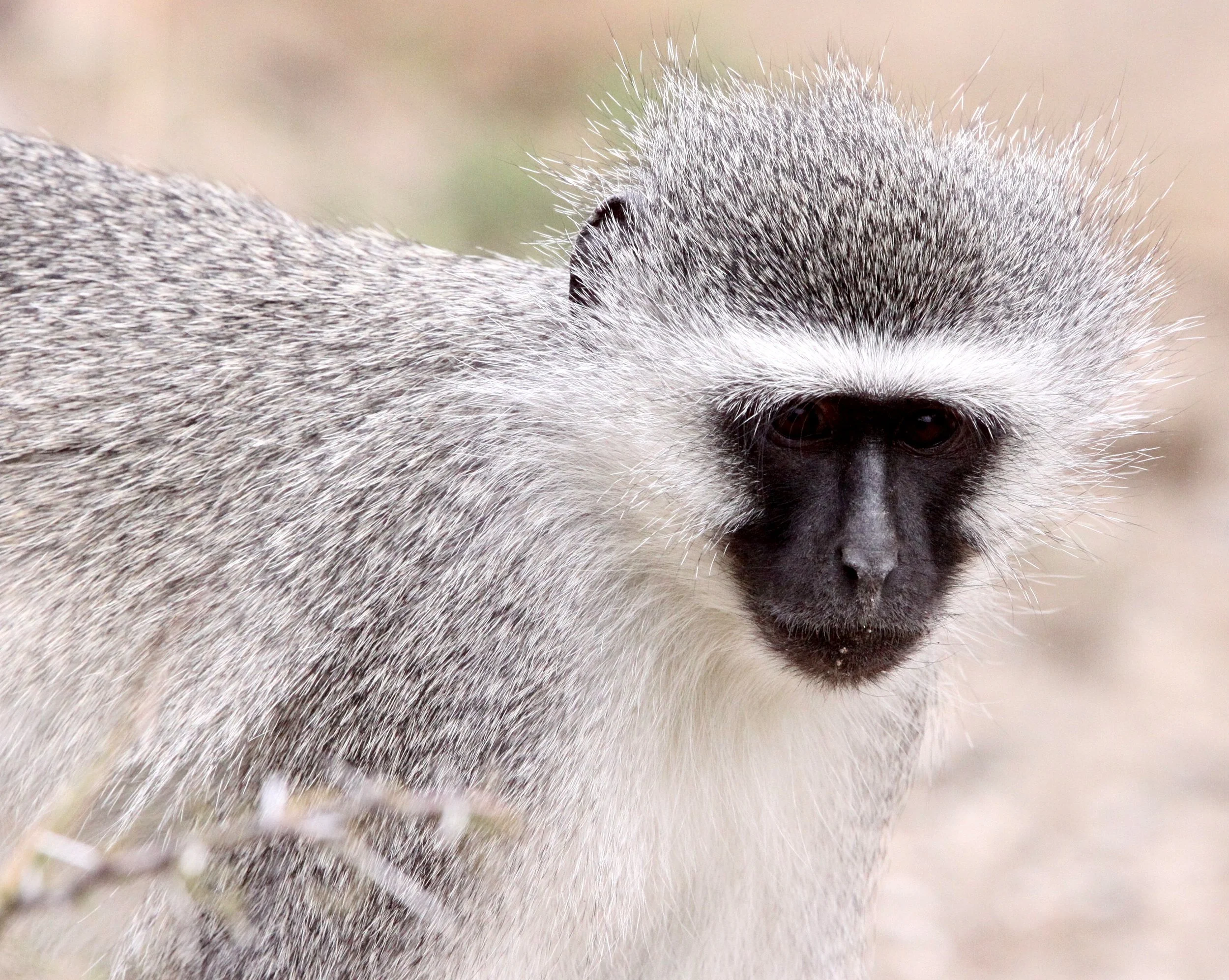



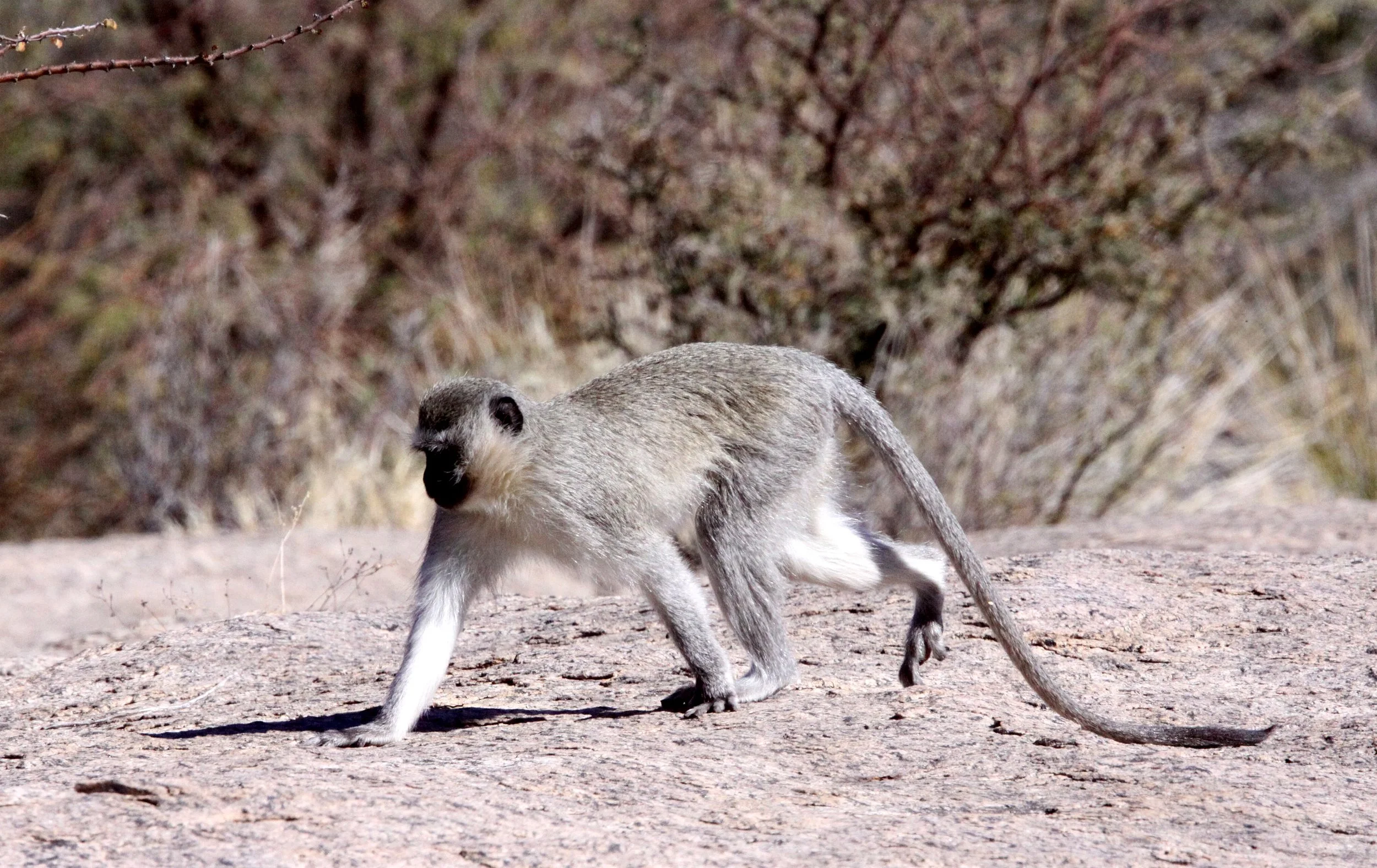
















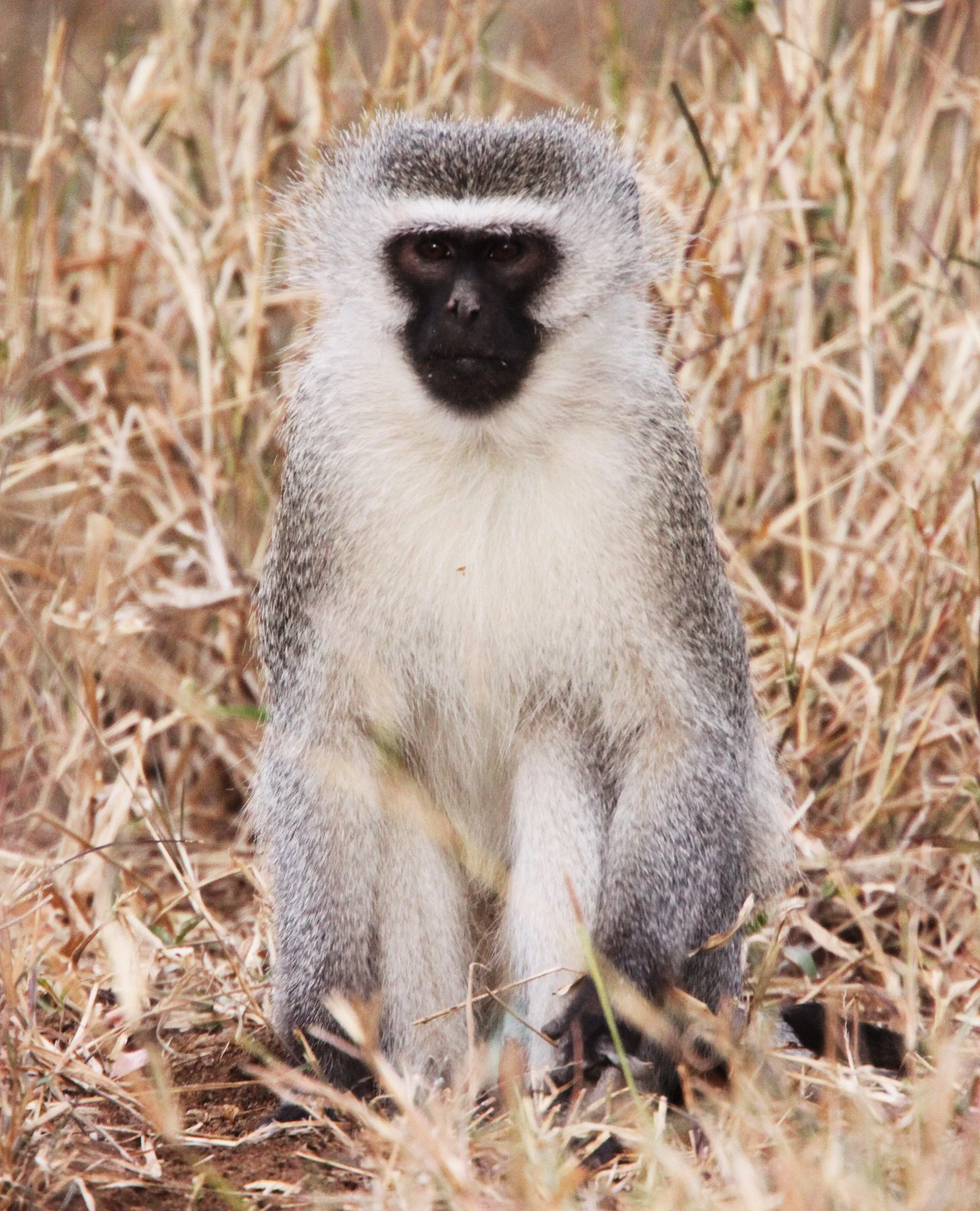







Reddish-green Vervet Monkeys (Chlorocebus pygerythrus rufiviridris) Nyungwe National Park, Rwanda



